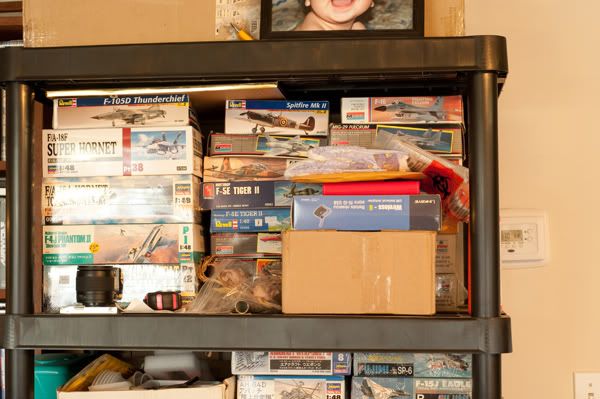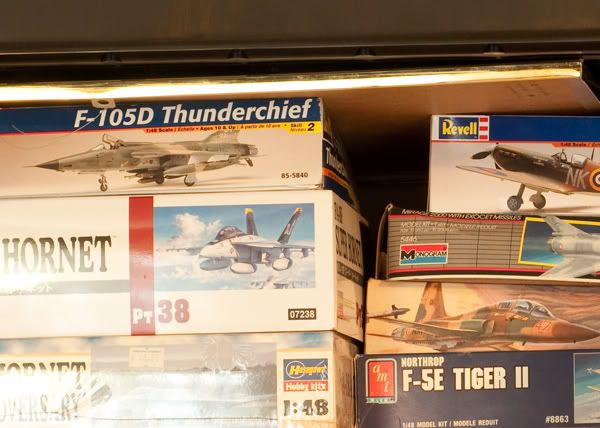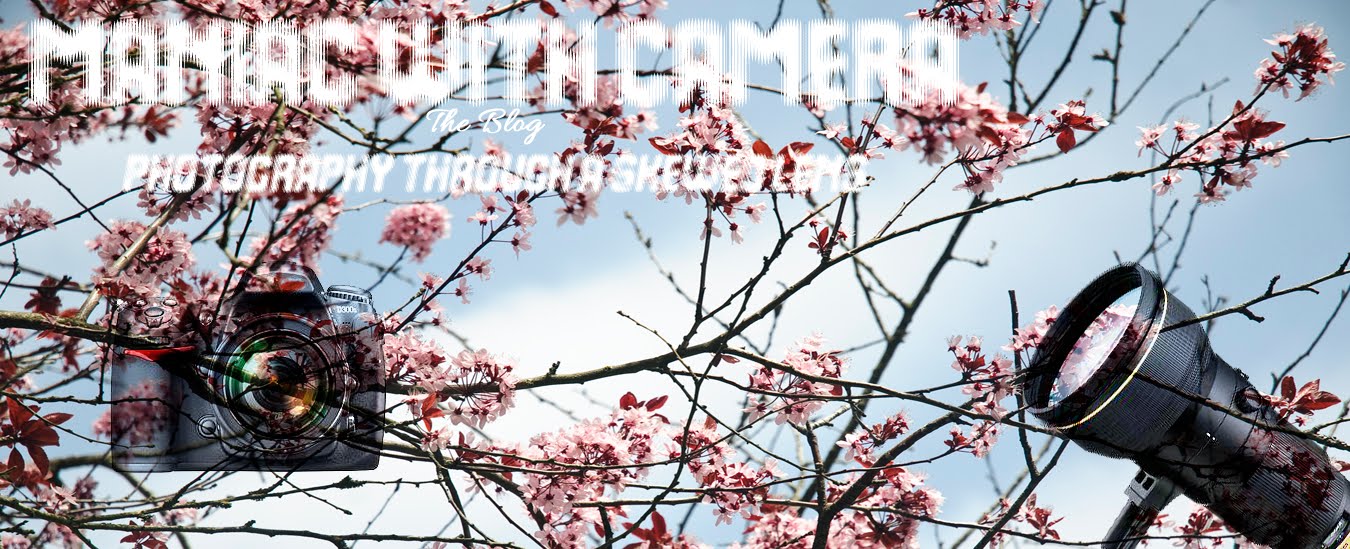The most common way to steady your camera in order to take “tack-sharp” images is to use a tripod. A tripod has three legs, which steadies the camera enough that vibration is dampened to the point where it is not transferred to the image while the shutter is open.
Supporting a camera versus sharpness of image is directly inverse-related to the type of support you use. Here is a list: (from sharpest image producing support to least)
1. Tripod
2. Monopod
3. Beanbag
4. Propping against a fence or other support
5. Handheld
When you are selecting a tripod, select one based on the largest lens you plan to use with the camera. You will be spending between $200-300 to support a DSLR at minimum. This isn’t a place to skimp. Make sure that it will hold the weight of the lens plus the camera and make an allowance of at least 5-10 lbs on top of that. I use a Manfrotto 190XB which was perfectly fine with a Nikon 70-300mm f/4.5-5.6 G lens but not at all adequate with my 70-200mm f/2.8 VRII. Since my objective is to purchase a Nikon 600mm f/4 down the road, I plan to get a Gitzo GT5541LS which has a load-bearing weight of 55 pounds, more than adequate for carrying a 600mm f/4, a D300s w/MB-D10 battery grip. In order to weight it down, you need to have a beanbag. There is a hook to hang it off the middle section of the tripod.
To give you an idea of the stability that is imparted by the tripod, here are several images along with a section blown up at 100% These were shot with an Nikon 18-70mm f/3.5-4.5
Handheld:


100% magnification
Tripod:


Notice that the one shot with the tripod looks sharper than the one that preceded it? It is a subtle difference but it’s crucial in getting your images to be the best that they can be. Happy Shooting.

No comments:
Post a Comment